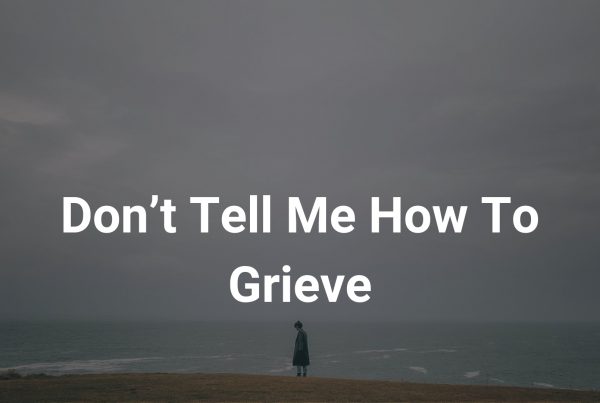The Internet Watch Foundation (IWF) released their findings regarding child sexual abuse online for 2017. What they found is truly shocking…
Background on The IWF
The IWF is an international foundation which receives reports of child sexual abuse material and locates it themselves to remove the material. Although they are based in the United Kingdom, they work globally.
By conducting research, the IWF identifies the trends of child sexual material online. They look at the location and severity of the material as well as the age and gender of victims, among other factors. By finding trends with child sexual abuse material around the world, they help to give an increasingly comprehensive scope of the issue at hand.
Children Affected
As much as we want the numbers of children sexually abused online to go down, they, unfortunately, are not. In fact, the IWF reported that there has been a 35 percent INCREASE in these materials online. Let me say that again for those in the back: an increase by 35 percent in the last year.
They found more than 80,000 sources containing child sexual abuse material in 2017 alone. According to their report, this year has the highest number of reported child sexual abuse material yet. This does not even take into account all the material online, this is just for 2017.
Through their research, they concluded that 86 percent of victims are girl, while 7 percent shows boys, and 5 percent shows both girls and boys.
People find it easier to think that child sexual abuse material predominately shows children aged 16-17, but that is not the reality. The age breakdown for 2017 is as follows:
- 55 percent shows children 10 years and younger
- 43 percent shows children aged 11-15
- 2 percent shows children 2 years or younger
Numbers do not lie. This is an epidemic.
Location in the World
Our typical posts explain child pornography in a broad sense, or in some relation to news and what is going on in the United States. Rarely have we talked about child pornography and its prevalence in the world.
North America used to be leader in hosting child sexual abuse content, but as of last year that is no longer the case. Now, Europe is the leader in hosting content. They are responsible for 65 percent of child sexual abuse content whereas North America is responsible for 32 percent.
Location Online
As we have previously discussed, the dark web is a major platform of child pornography. This report reinforces that statement. It also explains how there are public domain websites with back door or secret entrances where individuals can access child pornography. These sites make it so that one would have to follow a very specific route to find the hidden material. Someone without the explicit directions to that page would easily miss it.
The IWF calls them “disguised websites,” and they explain that they are becoming increasingly popular. In fact, from 2016 to 2017, there was an 86 percent increase in disguised websites found.
Plus, the most heavily used sites were those which allow users to post files and share and store images. Surprisingly, the least abused networks were social media sites. However, they noted an increase in the traffic of “banner sites,” which are normal websites that lead users to a third party site with the child sex abuse material.
These sites come in all shapes and sizes, but they come at different prices too. The IWF reported that while 92 percent of the sites were free, 8 percent required payment to access the material.
Illuminating Victimization
We appreciate the work the IWF does because they help shed light on child sexual abuse on a global scale. They share hard evidence of the issue, and while the numbers are disturbing, they show the prevalence of the issue. The more people working to stop child sexual abuse online and child pornography, the better.
Join Us
Although the content in North America decreased, it did not diminish. At the ILF we are dedicated to identifying perpetrators and handing them over to law enforcement for prosecution. We find and unmask pedophiles hiding in anonymity.
Photo: Shutterstock





